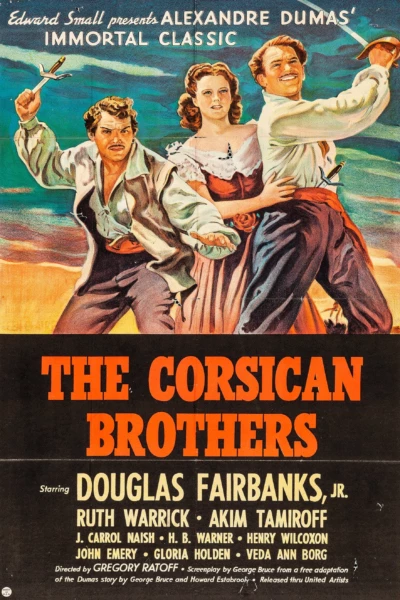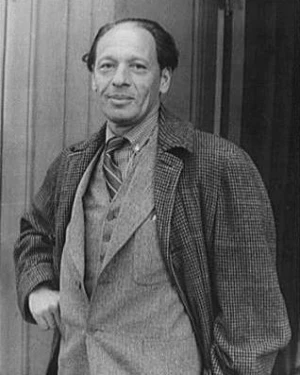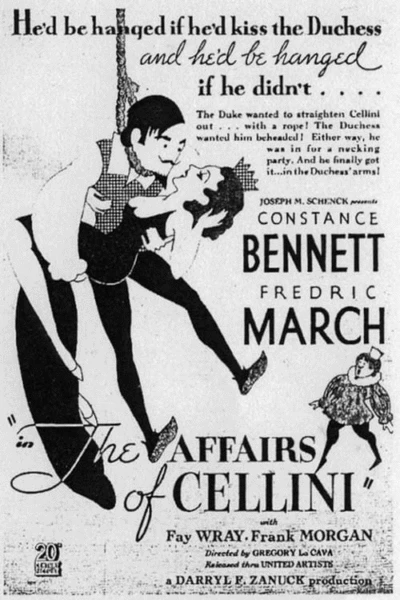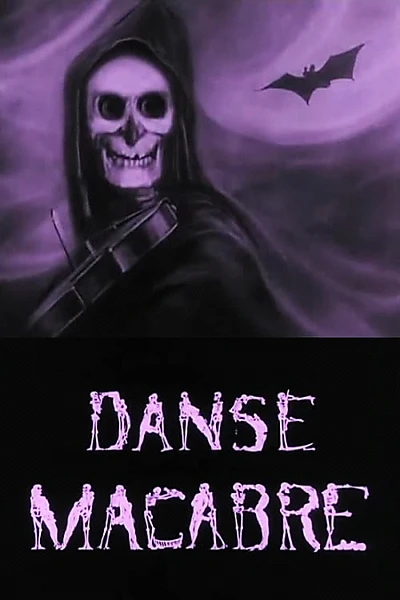Biography
(No Information)
Filmography
all 4
Movies 4
Choreographer

The Corsican Brothers (1941)
Movie
Choreographer

The Mad Genius (1931)
Movie
Information
Known ForActing
GenderMale
Birthday1884-09-25
Deathday1951-04-16 (66 years old)
Birth PlaceSaint Petersburg, Russia
CitizenshipsRussian Empire, United States
This article uses material from Wikipedia.
Last updated:
 Adolph Bolm
Adolph Bolm- Filmography
- Information

